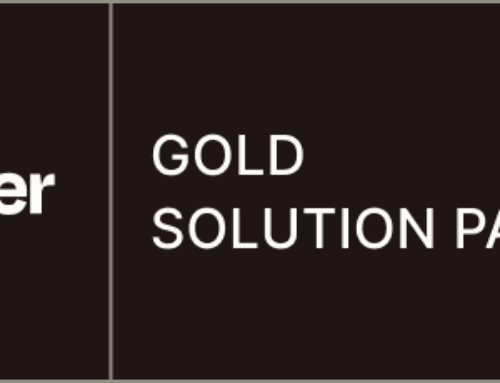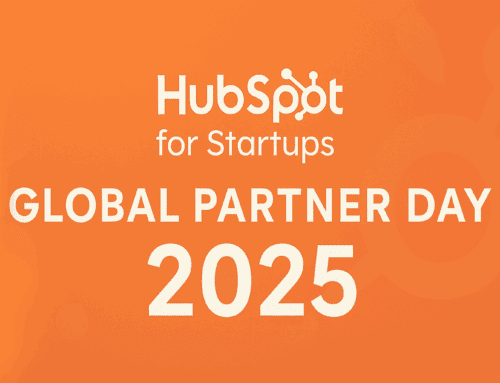How to Save New Facebook Group Photos to Google Photos Automatically
Introduction to Saving Facebook Photos
Today, managing digital photos can oftentimes feel like trying to herd cats. If you’re an active member of various Facebook groups, it’s a given that your feed is constantly flooded with fascinating images. But how many times have you wished there was an easier way to save these cherished moments, especially when they pop up unexpectedly? The good news is, there’s a way to effortlessly save new Facebook group photos directly to your Google Photos account.
The convenience of having your photos automatically saved not only saves time but also ensures that no captivating image is left behind. It’s like having a personal assistant who fetches your coffee in the morning. Imagine never having to worry about missing out on important events or memorable images shared by your communities. Let’s dive deeper into this fantastic automation and show you how to set it up.
Understanding the Need for Automation
Why should you automate the saving of Facebook group photos? Many of us are part of multiple Facebook groups, from family circles sharing holiday snaps to interest-based communities flooding our feeds with delightful content. Manually saving each image can be tedious and time-consuming. Furthermore, considering our ever-busy lifestyles, who has the time to sit and organize each photo individually?
Automation comes in as a knight in shining armor, offering a solution that not only saves time but also helps keep your digital life in order. By automating this process, you ensure that every image you cherish is securely stored without actively thinking about it. It’s like putting your photo storage on autopilot, cruising smoothly without any bumps along the way.
Setting Up the Automation Process
Ready to start the magic? Setting up this automation is as simple as pie. First, you’ll need to get familiar with Make, a platform that connects various apps and automates workflows. Think of it as the brain behind the operation that bridges Facebook and Google Photos seamlessly. You’ll start by setting up a scenario in Make that triggers whenever a new photo appears in your chosen Facebook group.
Once you’ve identified the trigger, it’s time to link Google Photos. Here, Make acts as the messenger ferrying your pictures from Facebook to Google Photos. This setup requires a few clicks and permissions but fear not; it’s straightforward. By the end of it, you’ll have a seamless flow, effortlessly transferring photos where they belong, much like having your laundry done while you nap.
Getting Started with Make
To kick things off, head over to Make’s website and create an account if you haven’t already. Once inside, you’ll be greeted with a dashboard that resembles a digital control center. Within this hub, you can design scenarios—the term Make uses for its automated workflows. Think of scenarios as blueprints for how data (in this case, photos) moves between different apps.
Start by creating a new scenario and selecting Facebook as your trigger app. Here, you’ll specify what type of action (such as uploading a new photo in a group) will activate your scenario. It’s akin to setting up a booby trap that only springs to life when the right conditions unfold. With the trigger in place, you’re ready to move onto the next step: connecting Google Photos.
Linking Google Photos
Now comes the turn for Google Photos to join the party. In Make, you’ll add Google Photos as an output module. This step is crucial as it defines where your Facebook photos will land once captured by the trigger. Establishing this connection requires authorizing Make to access your Google Photos account, so expect to give some permissions along the way. It’s the digital equivalent of handing over a key to your best friend who swore to house-sit your plants.
Once linked, you can specify which album in Google Photos should receive the uploads. Adding a new album specifically for Facebook group photos can help keep things organized and segmented. This targeted approach mirrors arranging shelves in a pantry—each item has its rightful place, making retrieval a breeze whenever needed.
Troubleshooting Common Issues
Like all technology, sometimes things don’t go as planned. Occasionally, you might encounter hiccups such as encountering failed uploads or issues with permissions. Don’t panic! Most of these problems are as solvable as ordering takeout when your fridge is empty. Double-check your app permissions first. Ensure both Facebook and Google Photos have granted Make the access needed to do its job.
If that doesn’t solve the issue, dive into your scenario settings and verify each configuration step. Sometimes, a minor detail overlooked can cause the entire chain to falter. Adjusting filters, or reviewing connection authentications, can rectify these glitches. Embrace this process with patience, for soon enough, you’ll have the automation perfected, running smoother than a well-oiled machine.
Revisiting Permissions
Permissions act like the golden tickets allowing Make to access your apps. Without them, your scenario stands still like a car without gas. If your automation seems stalled, heading back to the permission settings is advisable. Ensure both Facebook and Google Photos permissions are properly granted within Make’s interface. Often, renewing these can prompt the scenario back into motion.
Think of it as watering a wilting plant. A little attention, and care revitalizes everything. Once confirmed, execute a test run to see if photos are successfully moving. This trial acts as a rehearsal before the grand opening, ensuring every component performs upon cue.
The Benefits of Automation
Aside from the obvious convenience, automating the transfer of Facebook group photos to Google Photos offers a host of other benefits. Firstly, it helps maintain a clutter-free digital space. You no longer have to manually sort through countless photos, deciding which ones to keep. Everything is organized and stored safely, ready for browsing whenever nostalgia strikes.
Additionally, with automation, there’s less risk of losing precious memories. Imagine deleting a photo from Facebook, forgetting to download it first. With this setup, such mishaps become a relic of the past. It brings peace of mind knowing your digital library is always backed up, safely tucked away in the cloud like a treasure chest full of digital gems.
Conclusion
Saving Facebook group photos directly to Google Photos automatically is not just a neat trick—it’s a game-changer. With tools like Make, keeping track of your favorite moments becomes a breeze rather than a burden. Take the leap into automation today; your future self will thank you as you sit back, relax, and let technology handle the rest.
FAQs
-
Can I customize which photos are saved automatically?
Absolutely! You can set parameters within Make to only save photos from specific groups or containing certain hashtags. This level of customization lets you filter the content that matters most to you.
-
Is there a limit to how many photos I can save using this method?
The main limitation lies with your Google Photos storage space. As long as you have space available, you can continue saving as many photos as you like. You might also consider upgrading your storage plan if you anticipate a large influx.
-
What happens if my Google Photos album is full?
If your selected album reaches capacity, photos will cease being added until you free up space or create a new album. Regularly managing your album space ensures continuous flow without interruptions.
-
Can I stop the automation process anytime?
Yes, you can pause or delete the scenario within Make at any point. It’s as easy as flipping a switch off, should you decide to stop the automation temporarily or permanently.
-
Is this process secure?
Make provides a secure environment for automations, using encryption and secure access protocols. Rest assured, your data is handled with care, maintaining privacy throughout the process.









